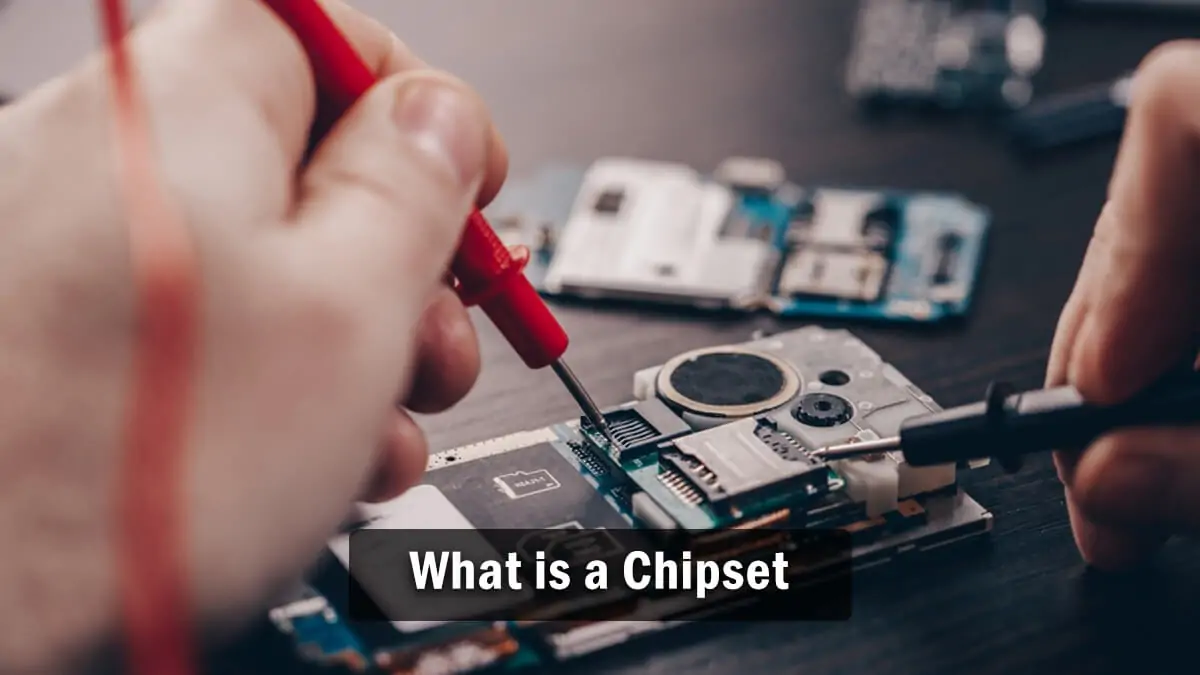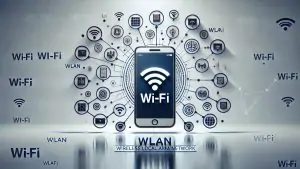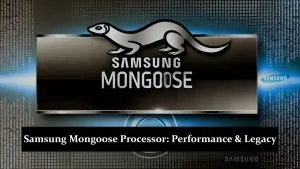A chipset is a set of electronic components in a device that manages data flow between the processor, memory, and peripherals. It serves as the communication hub and controller, ensuring that various parts of the device work together seamlessly. Chipsets are found in a wide range of digital devices, including smartphones, tablets, laptops, and desktop computers.
Key Components of a Chipset
- CPU (Central Processing Unit): The primary component responsible for executing instructions and running applications. It acts as the brain of the device.
- GPU (Graphics Processing Unit): Specializes in rendering images, videos, and animations, providing smooth and high-quality visuals.
- Memory Controllers: Manage the data transfer between the CPU, RAM, and storage, ensuring quick access to data and efficient data storage.
- Modem: For devices that connect to wireless networks, the modem facilitates internet connectivity and communication.
- ISP (Image Signal Processor): Enhances image and video quality, crucial for devices with cameras, such as smartphones and tablets.
- I/O Controllers: Manage input and output operations, handling data transfer between external devices like keyboards, mice, and displays.
Uses of a Chipset
The chipset is integral to the functionality and performance of any digital device. It determines how efficiently a device can process data, render graphics, and manage power consumption. Here are some of the key uses:
- Performance: The chipset significantly influences a device’s speed and ability to handle complex tasks, such as gaming, video editing, and multitasking.
- Graphics and Display: With an integrated GPU, the chipset ensures smooth visuals and supports high-resolution displays, which is important for gaming, streaming, and multimedia consumption.
- Connectivity: In devices like smartphones, tablets, and laptops, the chipset includes communication modules like modems and Wi-Fi controllers, enabling internet connectivity and data transfer.
- Power Efficiency: Modern chipsets are designed to optimize power consumption, extending battery life and reducing heat generation, which is especially important for portable devices.
- Integration and Compatibility: The chipset determines how well different components of a device work together. It ensures compatibility between the CPU, memory, and other hardware, facilitating smooth and efficient operation.
The chipset is a crucial component in any digital device, as it affects almost every aspect of the device’s functionality. A well-designed chipset can significantly enhance the user experience by providing faster processing, better graphics, efficient power usage, and reliable connectivity. As technology continues to advance, chipsets are becoming more sophisticated, allowing for more powerful and versatile devices.



